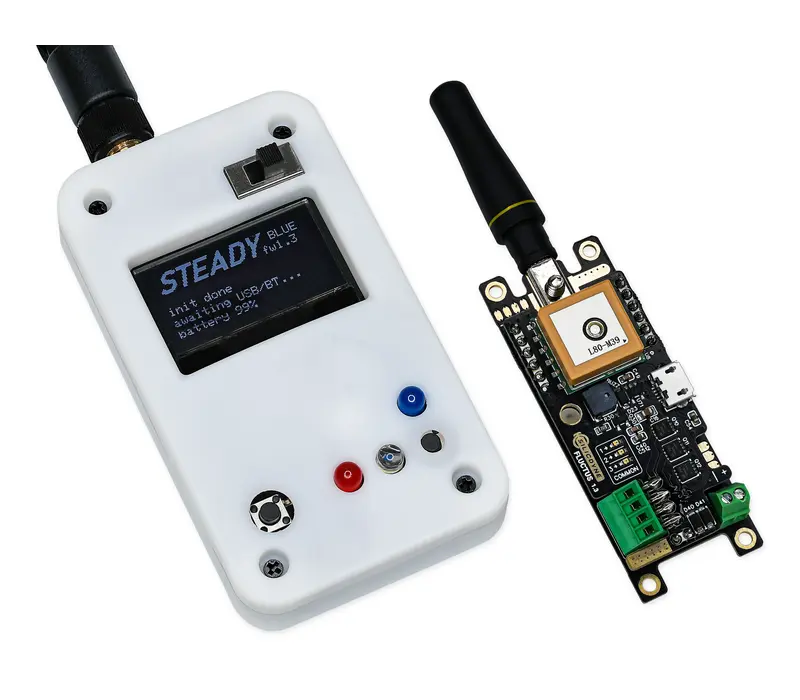Confused? What do you need to get started with model rockets?
Model rocketry is a great hobby, and you can learn a lot about science at the same time.
But what exactly to you need to start out with model rocketry? There are an awful lot of options and bits and pieces available.
Can children do model rocketry as well as adults?
Model rocketry is fun at any any age but it is great for children to get them started in world of science, technology, engineering and maths (STEM) and seeing them build and then fly a rocket is extremely rewarding. It can be started with supervision at any age but most manufacturers recommend starting from the age of 10.
The learning curve with rockets is huge as well, before you know it, you can be flying complicated higher power rockets with all sorts of accessories. There is always a new challenge.
So what is the bare minimum you need to start with?

You actually only need a few individual parts in order to fly a rocket.
- A rocket kit
- Rocket motors
- A launch pad & launch controller
- Recovery wadding
- Building supplies (may be required depending on the rocket and what you already have)
There are more details on each of these below. However, you may consider a starter set that includes everything you need, except the building supplies, or, you can pick and choose exactly what you want to get flying.
Step 1: A deluxe starter set
Pick one of our deluxe starter sets. These include everything except construction supplies (Glue, masking tape, a pencil, scissors etc).
To clarify a deluxe starter set will include a rocket, rocket motors, a launch pad and launch controller, recovery wadding & batteries.
You can pick a RTF (Ready to Fly) set which may need a little bit of putting together without glues, or you can pick a set that needs some construction. The description on each listing will tell you what you need to complete the build and get flying. It will also tell you which motors you can fly on should you want to add some extra ones too.
Or you can piece together your own set from the individual parts. We've included a guide on what you need to do that next after this section.
Click here to visit the starter set / beginner page. Or browse a few sets right here.
Step 1: A rocket
This one is fairly straight forward! You will of course need a rocket. If you're starting in rocketry there are a few different options to choose from.
You can grab a starter set that includes most of these items as a set, or you can pick a rocket kit. The best ones to start with would be a ready to fly rocket, or an easy rocket kit that you have to build. If you're confident you may even consider a medium rocket as a first rocket.
Ready to fly rocket kits
Easiest (Launchables & E2X)
Easy rocket kits
Medium rocket kits
Step 2: Rocket motors
Every time you launch you will need a rocket motor (or more than one for clusters and multi stage rockets).
Rocket engines are designated with Letters and numbers which can look confusing to start with, but really it all makes sense. If we take the B4-4 for example.
The letter represents the total impulse of the motor, the next number is the average thrust of the motor in newtons, and the final number represents the delay before the ejection charge goes off to eject your parachute or streamer.
Every time you go up a letter the total impulse doubles. So a B is twice the power of an A, or a C would be 4 times the power of an A motor. Our rocket kits will have suggested motors in the description. If you only have a small launch area then aim for the lower letter options, and if you have plenty of space you might want to go up to larger motors!
Here is a link to a filtered selection of popular motors used in first rockets.
Step 3: A launch pad & launch controller
The launch pad lets your rocket get up to air speed and makes sure it is stable before it leaves the launch rod. Smaller rockets and most starter rockets will launch from a 3mm launch rod. Some pads let you upgrade to 5 or 6mm rods for larger rockets later. As you go to higher power rockets you will probably want a launch rail system instead of a launch rod pad.
The launch controller lets you ignite your rocket motors electric igniters to launch your rocket. Our starter sets come with batteries, but if you're piecing things together then we think the Klima bundle with batteries is a great buy!
The Klima launch pad, controller and battery pack is a great choice.
A slightly cheaper option is the Estes electron beam pack.However, you will also need these AA batteries.
Step 4: Recovery wadding
Recovery wadding is there to protect your parachute or streamer from the hot ejection gas from your motor. When it's time for your parachute to come out, the rocket motor will burn the ejection charge creating lots of hot gas to push your nose cone off and your parachute out.
You will need to use wadding on each launch to stop your parachute from melting or getting damaged too quickly, allowing you to fly over and over again.
We suggest the Klima natural wadding pack here.
Step 5: Construction supplies (if needed)
Each rocket will require different construction supplies.
Ready to fly rockets of course won't need much, and E2X (easy to assemble) rockets can typically be slotted together usually with very few other requirements.
Rockets you build will need certain supplies from glue, scissors, masking tape, a ruler, a pencil, sandpaper, and paint to finish (although not always required). The required tools should be listed on every rocket or starter set and we have a bundles of construction gear too as well as all individual items should you need them.
Building and finishing supplies kit A is a handy kit with everything you need for most models starter through to medium models.

And of course there are bigger and more powerful rockets too!
Please have a look around all the categories in our shop to get inspiration.
 Altimeter Cloud
Altimeter Cloud
 Real stock in house
Real stock in house
 90-day returns
90-day returns Next day delivery
Next day delivery 